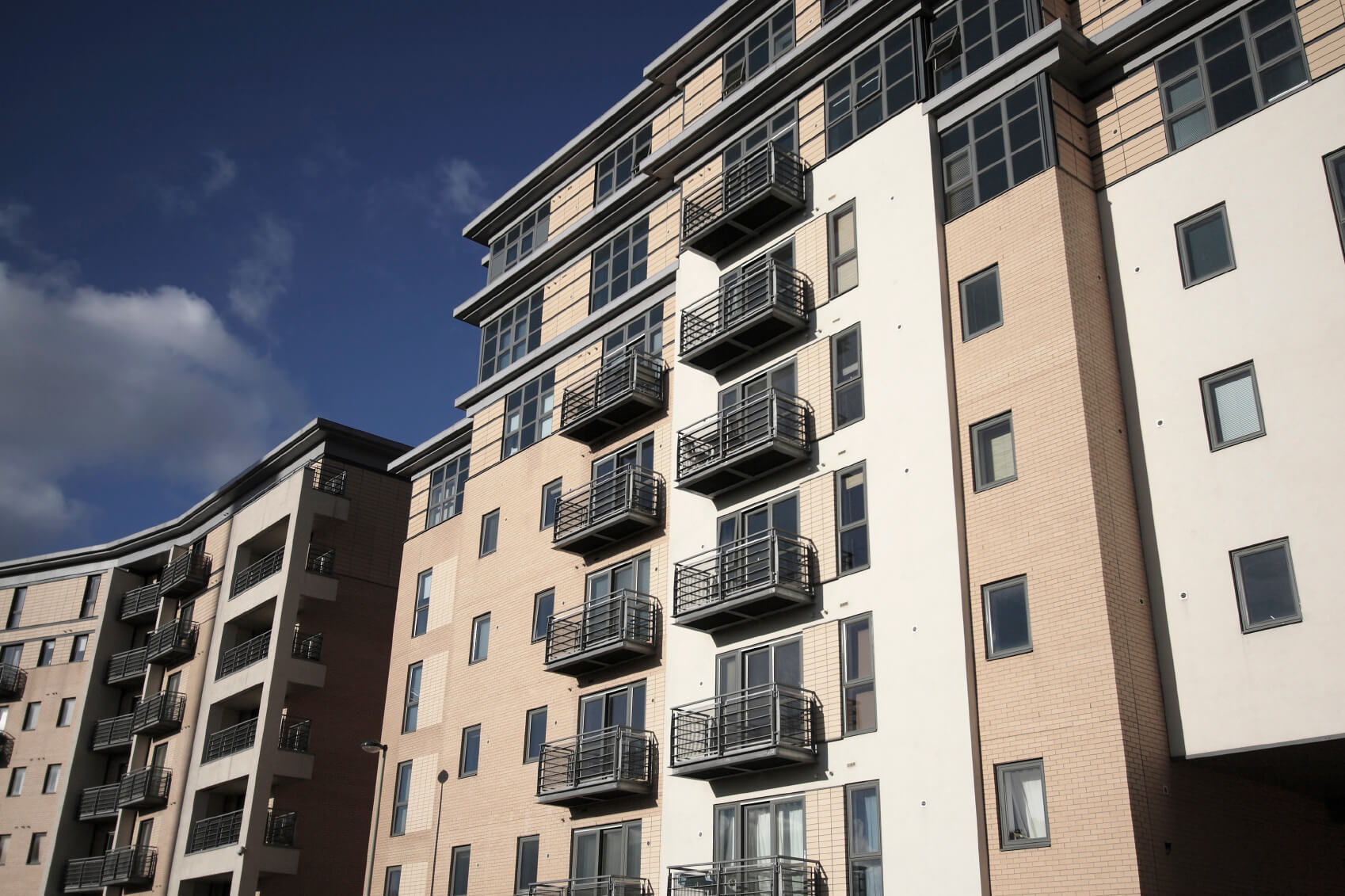The Homes (Fitness for Human Habitation) Act 2018 (“the Act”) extends landlords’ obligations contained in the Landlord and Tenant Act 1985 (“the LTA 1985”) to ensure that rented property (both social and private) is ‘fit for human habitation’ at the beginning and throughout the duration of the tenancy.
The Act also extends this requirement to include any common areas of a building in which the property forms a part of and the landlord has an interest in; for example the common parts of a HMO or block of flats owned by the landlord.
When does the Act come into force?
Upon receiving Royal Assent in December 2018, the Act is due to come into force 3 months later on 20 March 2019 (“the Commencement Date”).
Who and what does the Act apply to?
The Act applies to all social and private sector landlords or agents acting on their behalf and covers all tenancies entered into (i.e. signed by both parties) on or after the Commencement Date which are less than 7 years in length.
The Act will also apply to a renewal of an existing tenancy from the Commencement Date and to a fixed term tenancy which becomes periodic on or after the Commencement Date. In the event a tenancy has become periodic before the Commencement Date, the Act will apply one year later, 20 March 2020.
What does ‘fitness for human habitation’ mean?
Under section 10 of the LTA 1985, a property is deemed unfit if it is defective in one or more of the following so that “it is not reasonably suitable for occupation in that condition”:
- Repair;
- Stability;
- Freedom from damp;
- Internal arrangement;
- Natural lighting;
- Ventilation;
- Water supply;
- Drainage and sanitary conveniences;
- Facilities for preparation and cooking of food and for the disposal of waste water;
The Act adds to this list “in relation to a dwelling in England, any prescribed hazard”.
Whilst it remains to be seen how exactly the courts will interpret certain hazards and determine when a hazard becomes so defective that it is not reasonably suitable for occupation, this addition seems to intend to incorporate the hazards set out in the Housing Health and Safety Rating System (“the HHSRS”). The HHSRS currently lists 29 hazards including asbestos, fire, noise, pests and refuse and, electrical hazards. Essentially, the list is concerned with the health and safety of the tenants.
The fundamental question for the court will be deciding whether the property is ‘not reasonably suitable for occupation in that condition’ and therefore should be given due consideration by landlords.
What is the landlord not responsible for?
The Act provides for certain circumstances where the landlord is not obliged to rectify or repair for example:
- When the issue is a result of the tenant’s behaviour;
- In the case of accidental damage or destruction caused by fire, storm or flood etc;
- When third party consent is required but not been given; and
- If carrying out the necessary works would breach any other enactment for example planning permission.
Implications of an unfit property
If a property is unfit the tenant, under the Act, has the right to bring a claim against its landlord for breach of contract. Tenants will be able to apply directly to the Court for an injunction to compel their landlord to undertake the needed works and for damages to be awarded.
Considerations for landlords
The Act, which has been passed in the wake of tragedies such as the fire at Grenfell Tower, means that landlords need to pay close attention to their obligations to their tenants and, as a matter of priority, review their repair policies accordingly. It is feasible that there will be a mix of tenancies in a building which are covered by the Act and those which are not which means that in practice the standards need to be adopted quickly and possibly across all stock.
One of the key areas that landlords can always improve on is record keeping. It is often the case that repairs are completed (or a tenant fails to give access) but this is not recorded sufficiently in a landlords records and so it can be impossible to demonstrate that a landlord has carried out its duties diligently. It is essential that repair history records and systems are up to date and record information accurately and in a way which is easy to understand. Ultimately, these records will be scrutinised by solicitors and the court so it is important they are accurate.
2018 saw a remarkable increase in disrepair claims due to increased social media campaigns, targeted advertising through companies such as Google Ads, and campaigns such as Generation Rent which encouraged tenants to share poor property conditions across Twitter.
The Act is likely going to result in even more claims being brought against landlords.



